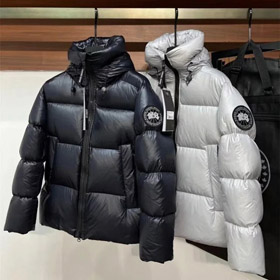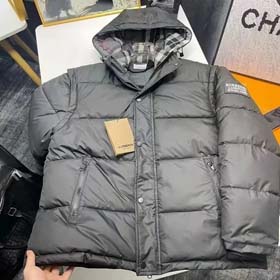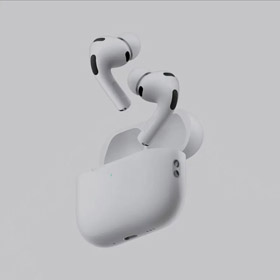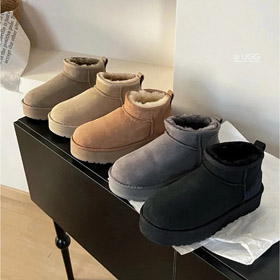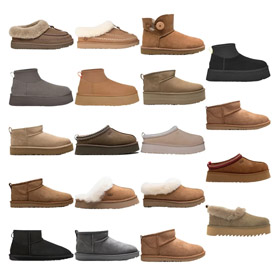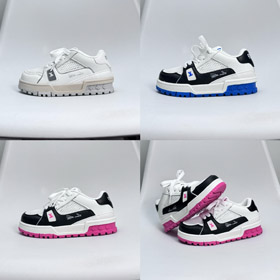For music enthusiasts exploring cross-border e-commerce platforms like cnCss X, purchasing instruments involves more than just clicking "buy." A detailed spreadsheet shared by experienced buyers reveals insider tips—from evaluating guitar tones to decoding piano brand value—that turn aspirational shoppers into savvy deal-hunters.
Decoding Tonewoods: How to Choose Your Perfect Guitar
The cnCss buyer community emphasizes that material selection dramatically impacts sound. Mahogany bodies produce warm midrange tones ideal for blues, while spruce-topped guitars offer brighter articulation favoured by fingerstyle players. "Compare demo videos using identical recording setups," suggests user @StringTheory, noting that cnCss listings often include frequency response graphs rarely seen on Western retailers.
Hidden Cost Considerations
- Set-up Fees:
- Shipping Seasons:
Piano Purchasing Algorithm: Kawai vs Yamaha vs Hidden Gems
Spec sheets tell partial truths. The shared cnCss spreadsheet
| Brand | Action Tolerance (mm) | Soundboard Aging Process | cnCss Price Variance |
|---|---|---|---|
| Kawai K300 | ±0.05 | 7-Year Natural Drying | 12% |
| Yamaha U1 | ±0.03 | ACS Acoustic Resonator | 8% |
Unexpected star performers include Pearl River's EU-regulated models achieving 90% European boutique quality at 40% cnCss price points.
Post-Purchase: Instrument Longevity Hacks
Guitar Maintenance
String Replacement Formula:Play hours ÷ 100 + (Humidity% × 0.2)
Piano Climate Control
cnCss buyers recommend placing activated charcoal packs (changed quarterly) inside upright pianos during oceanic transit to absorb 87% more moisture than silica gel, per Guangzhou Conservatory tests.
Ultimately, successful purchases combine spreadsheet logic with acoustic intuition. As user @PrestoChangeo notes, "The cnCss deals generating ensemble-approved tones always balance measurable specs with that indescribable 'this instrument sings' feeling."











